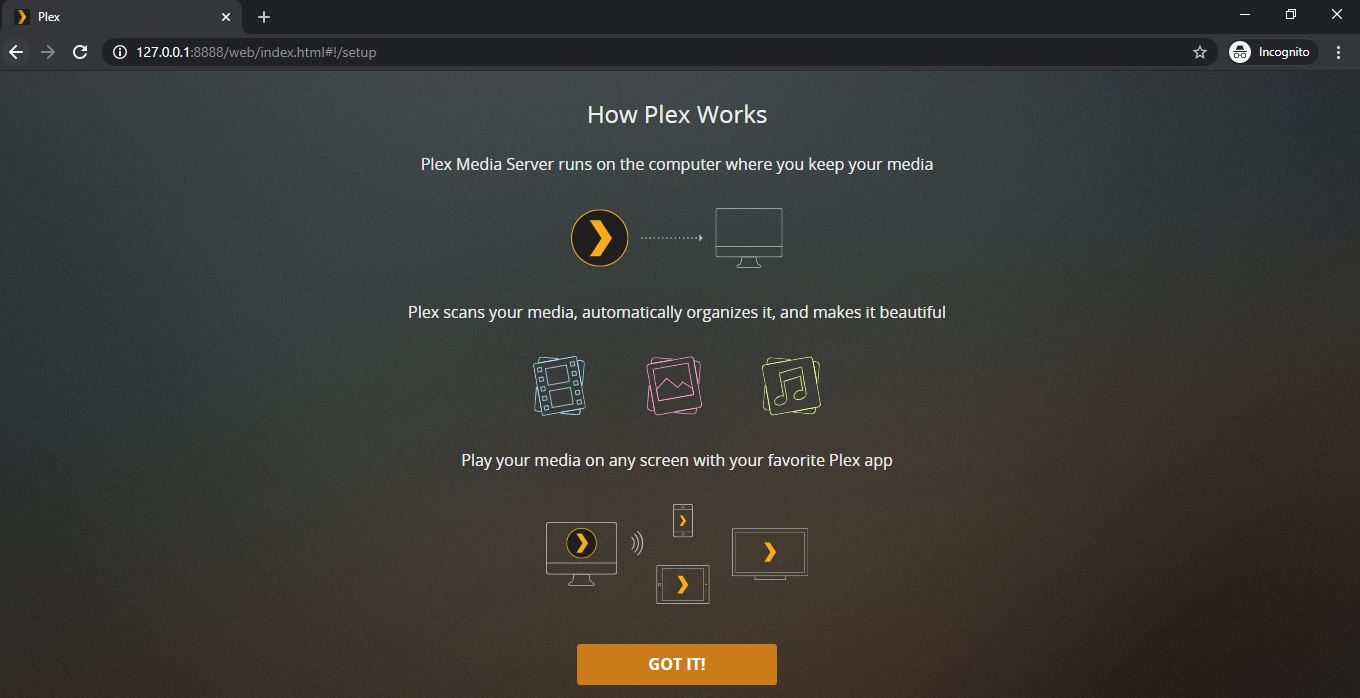
And this in my opinion is not so practical if you have more than one DLNA/UPnP capable devices. So in this example, you need to store 2 video formats for one movie title in your XBMC movie library. So what you do first is to re-encode your H.264 video to MPEG-AVC video format so your TV can play it back without issues. Like for instance, you have a video collection that are encoded with H.264 MP4 format, and your SmartTV can only playback a file encoded with MPEG-AVC format. So you have to re-encode your existing video files to match with your device’s supported format. Smart-Phones, Smart-TV and Stream Boxes are limited to to their hardware’s media decoding capability. While XMBC can handle almost all known media formats around, not all DLNA clients and UPnP devices could handle all the known media formats that are currently being used today.

So it couldn’t play a file from XBMC’s media library if that particular file is not supported under a particular device. And that, these client devices can only playback a file that it natively supports. This means that, XBMC can only act as a media player and media source for supported DLNA/UPnP capable client devices.

Though XBMC is capable of playing back almost all sorts of audio and video formats around, it’s not capable of converting media files, for proper play-back to DLNA or UPnP capable devices (like, PS3, SmartTV, Tablets and SmartPhones).

Note: Transcoding is a process where you use a computer and computer application to convert one media format to another format. Meaning,it serves and play files “as is”. Some of you might ask why combine Plex with XBMC? Well, the main reason for this is, XBMC (v13.1 Gotham & previous versions) is not capable of transcoding media files.

While for the HD media playback, I’ll be using XBMC as the front-end application. For this guide, I’m going to show you the step-by-step procedure on how to setup a media server with DLNA/UPnP support, using two free-download-able software.įor the DLNA and UPnP part, I’ll be using Plex Media Server to serve media files to various DLNA/UPnP capable clients. Hello media server lovers and HTPC enthusiast! I’m back for another Ubuntu-based guide on how to set things in your Linux-based HTPC or media Server.


 0 kommentar(er)
0 kommentar(er)
